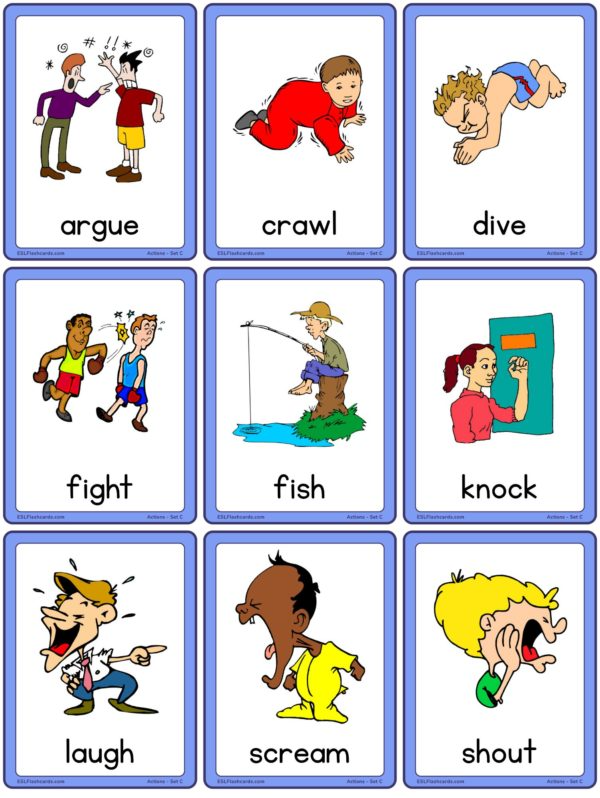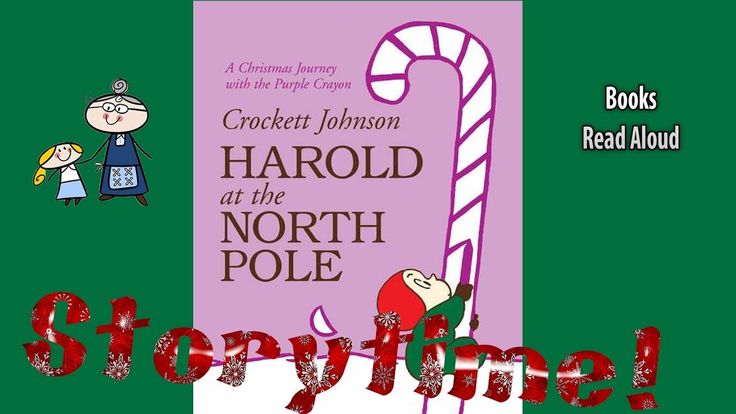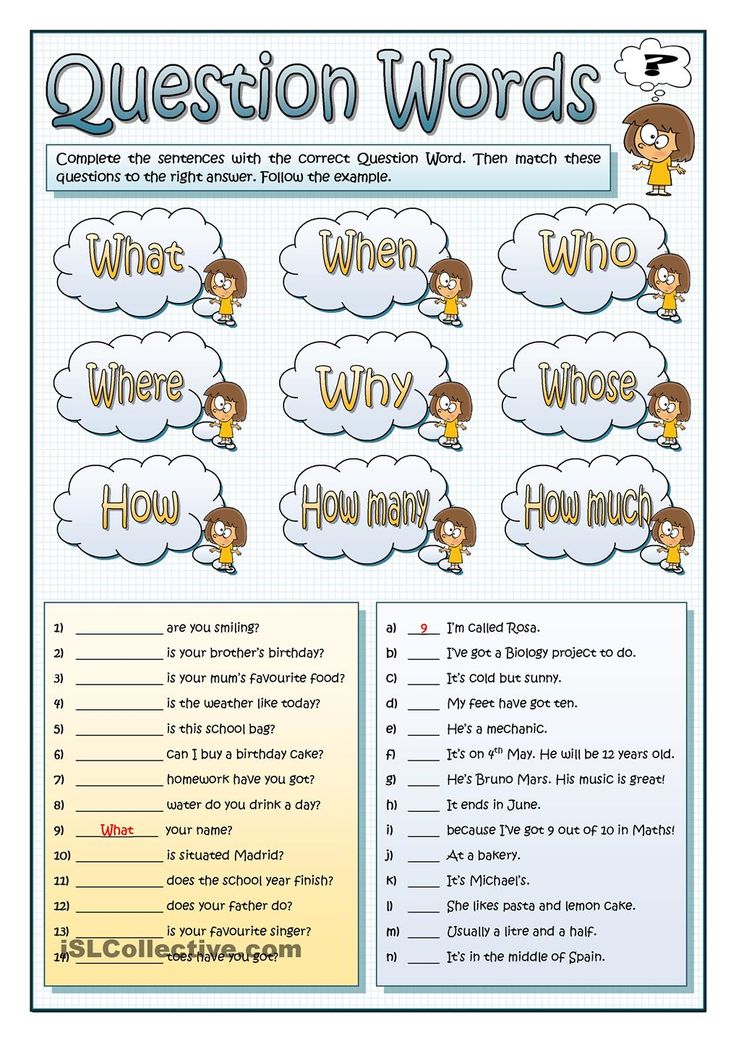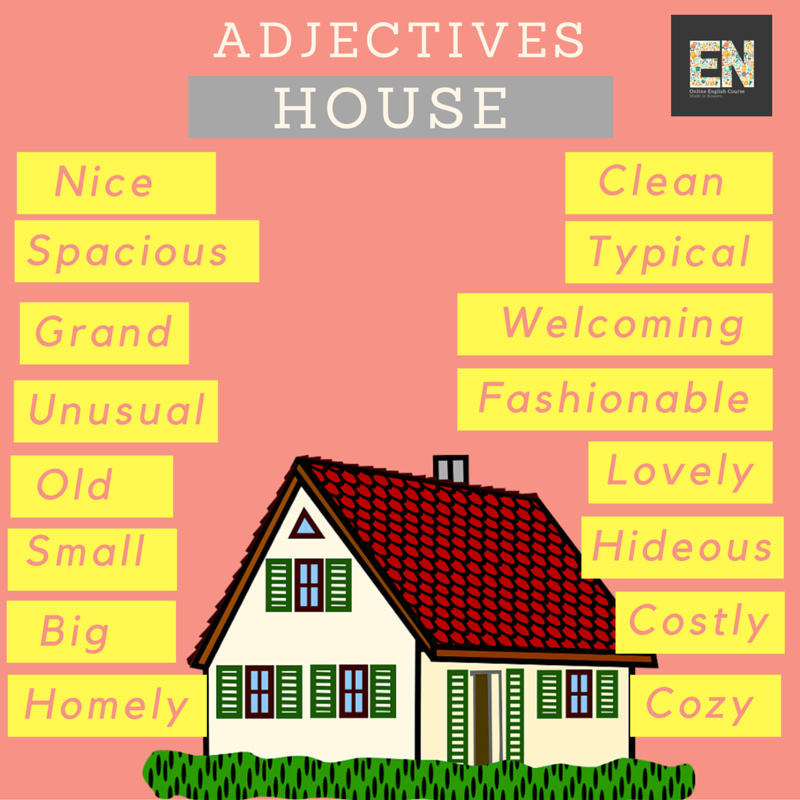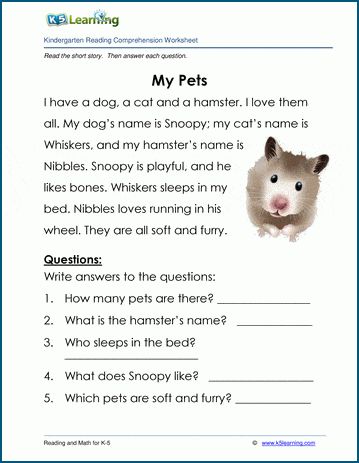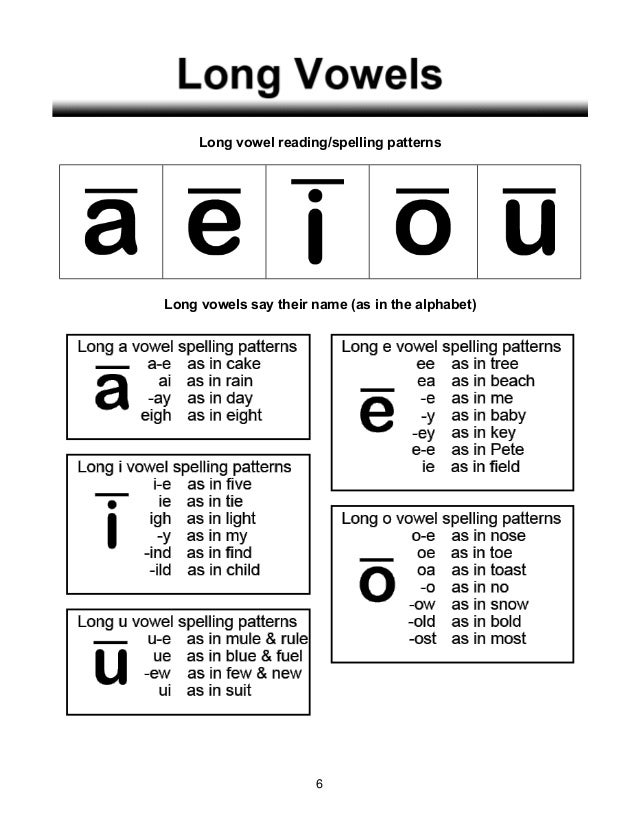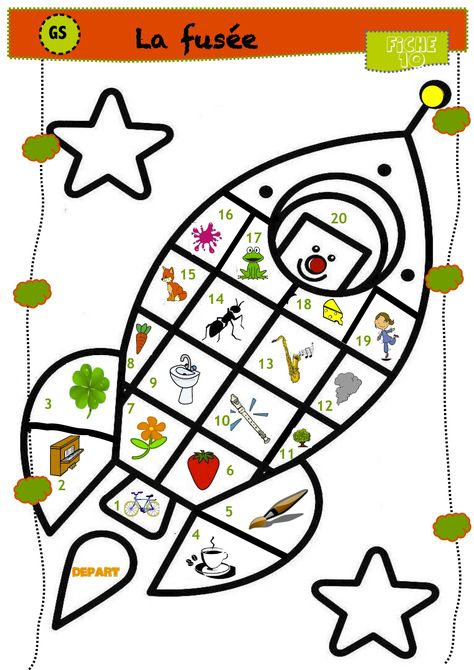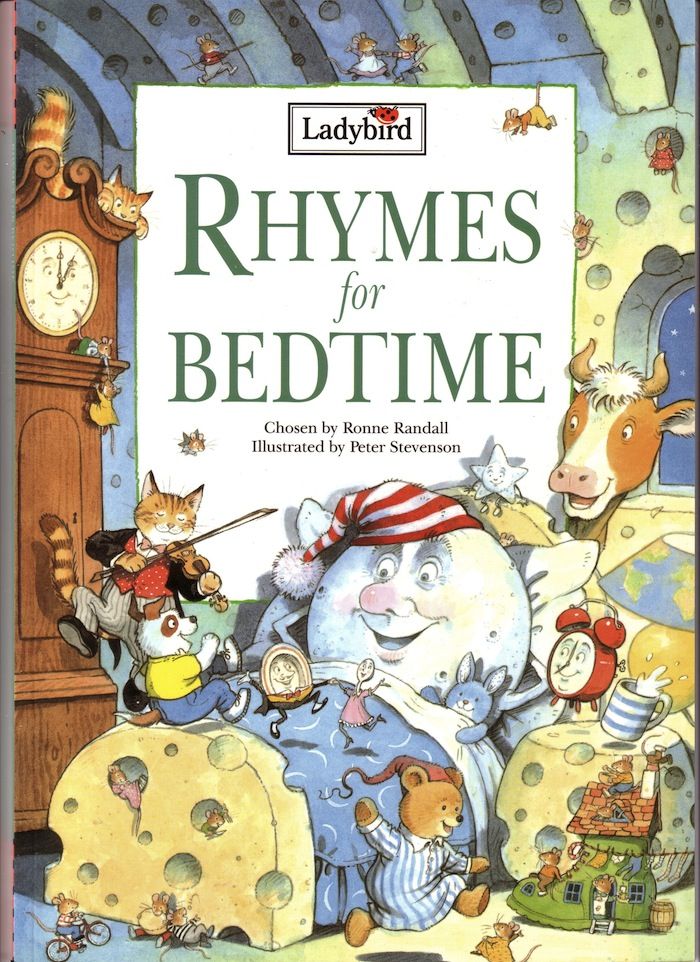Activities for verbs
5 Fun Activities for Teaching Verbs in the Primary Grades
Looking for some activities for teaching verbs to your Kindergarten, 1st, or 2nd grade students?
Whether your students are just starting to learn about the parts of speech or are well on their way to being grammar gurus, these five activities will make learning about verbs a ton of fun!
Activity #1: Play Simon Says with action words.Introduce the concept of verbs as action words with a game of “Simon Says!”
First, brainstorm a list of action words with your students to use for the game.
You can also use these ready-made word cards from my Kindergarten Grammar Alive curriculum – just cut them out and make a stack or stick them on a binder ring for easy access:
This activity works well as part of a mini-lesson about verbs, and you can also play again during transitions.
Activity #2: Have students look for verbs “in the wild.”In order for grammar to be meaningful, students need to make connections between grammar concepts and actual text.
As a class, we practice identifying verbs in sentences (and acting out the sentences, too!):
Students can also search for verbs in the books they read:
Both of these activities come from my First Grade Grammar Alive program.
Activity #3: Build Verb Vocabulary with GamesBuilding students’ verb vocabulary is important – both for helping them learn verb shades of meaning (see Activity #4 for more on that) AND for helping them learn to use a variety of verbs in their writing.
One easy way to build their vocabulary is to play charades. You or a student acts out a verb, and the class guesses what verb they’re trying to show.
Here’s another verb vocabulary game, where students move around the board and have to name the depicted verbs that they land on:
Activity #4: Put Verbs in Order to Practice Shades of MeaningTo teach students how to choose just the right verb for their writing, work on verb shades of meaning!
First, model how to put the verbs “jog,” “run,” and “sprint” in order from slowest to fastest.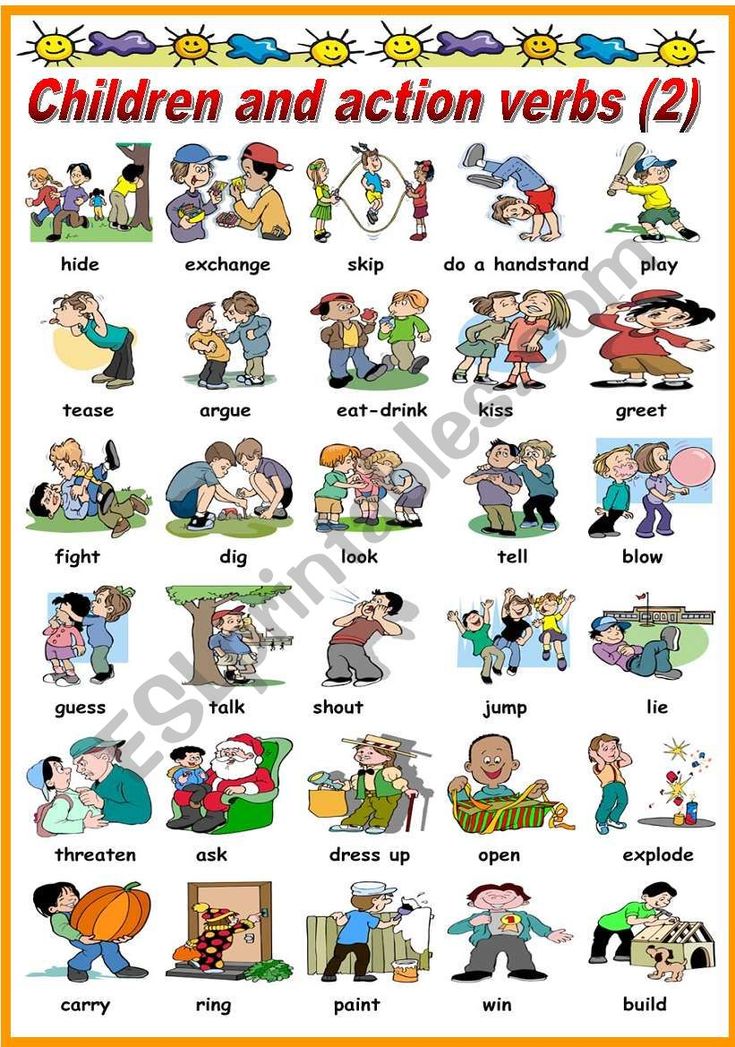
Then, divide students up into small groups. Give each group their own set of cards to put in order.
Once students have ordered the verbs, they can present their work to the class and get feedback.
Finally, you can glue the groups of verbs to chart paper. This creates an anchor chart that students can refer back to during writing time!
Activity #5: Play “Parts of Speech 4 Corners“Once your students have learned about verbs and other parts of speech, get them up and moving with a few rounds of 4 Corners!
To play, label the corners of your classroom as:
Nouns
Verbs
Adjectives
“WILD CARD!”
Give each child a word card. The words on the cards should be a mix of nouns, verbs, and adjectives. Several of them should say “WILD CARD.”
Students should read the word on their card and then go to the corresponding corner of the classroom.
You or a student leader should stand in the middle of the classroom, eyes closed.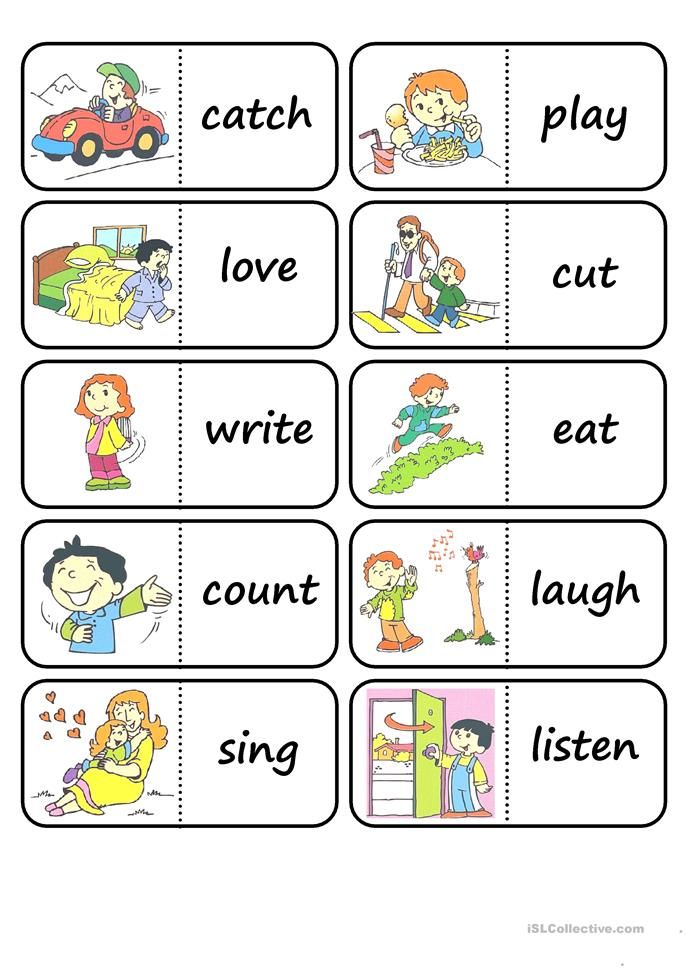 The leader calls out a corner (nouns, verbs, adjectives, or wild card) and all the students who were standing in that corner are out of the game and must sit down.
The leader calls out a corner (nouns, verbs, adjectives, or wild card) and all the students who were standing in that corner are out of the game and must sit down.
The remaining players trade cards and go to the corresponding corner. Again, the leader calls out “nouns,” “verbs,” “adjectives,” or “wild card,” and the game continues.
Keep playing until only one student is left – that student becomes the leader next!
All the materials to play this game are included in my First Grade Grammar Alive curriculum.
Need more ideas and materials for teaching grammar?I hope you got a few new ideas for teaching verbs!
For complete grammar lesson plans and many more grammar activities (including the ones featured in this blog post), check out my Grammar Alive programs for Kindergarten, first grade, and second grade:
Or maybe you already have a grammar curriculum – but you stil need independent practice activities for your students!
If so, check out my BoomCardsTM Grammar Games.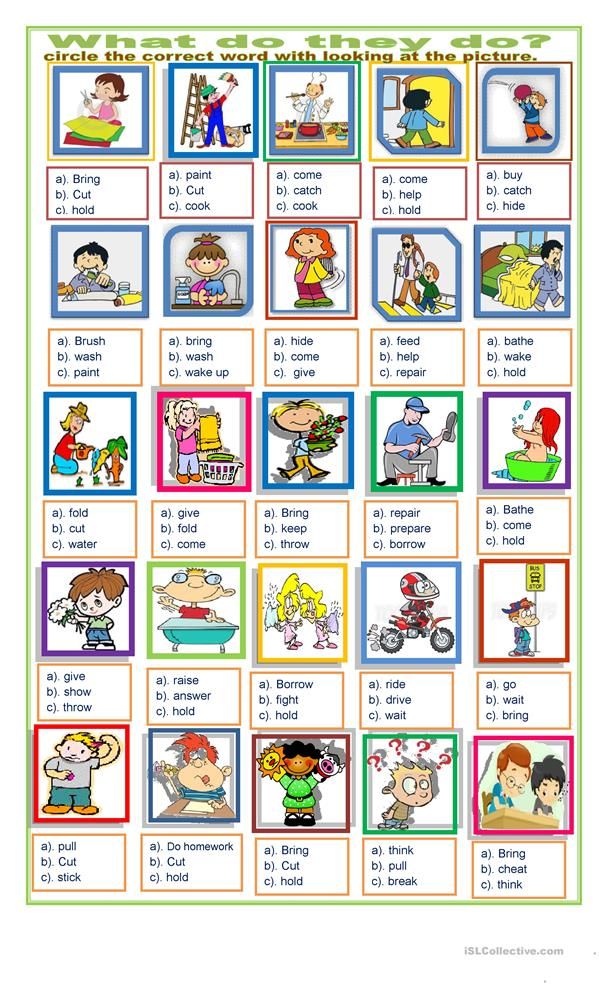 They’re digital grammar activities that your students can use on any computer, chromebook, or tablet with internet.
They’re digital grammar activities that your students can use on any computer, chromebook, or tablet with internet.
My students love using BoomCards!! And the audio directions are great for providing support even when students are working independently.
Happy teaching!
10 Fun Verb Games and Activities for Kids
DESCRIPTION
examples of action verbs for word games
SOURCE
aekikuis / iStock / Getty Images Plus
Learning about verbs in elementary school can be more fun than completing grammar worksheets! Teachers use verb games to introduce new grammar concepts as well as to review familiar grammar concepts. Try these games that teach about verbs in a way your students will love.
Classroom Games About Verbs
Since verbs are all about action, use fun classroom games that get kids up and moving! These games are perfect for elementary students and easily adapted for older learners. Make sure you have enough space to get the learning moving.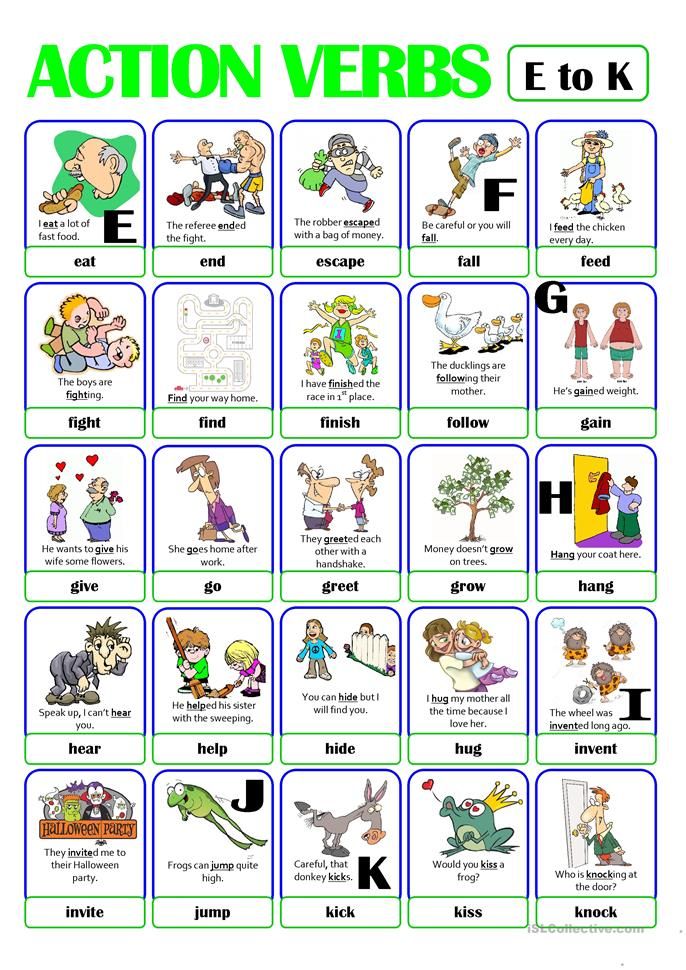
And Then…
Using a list of verbs on the wall or on individual handouts, one student selects a verb to use in the first line in a story. They choose another student to create the next line using one of the verbs on the list. The game keeps going until the list is through. For extra fun, make sure the verbs are especially zany!
Charades
Have each student in the class write down three or four action verbs on a scrap of paper (or make your own list). Collect all the papers, split the class into two teams, and have one student from the first team pick a verb out of a box. They have one minute to act it out. If their team guesses correctly, they choose another verb and act it out until the minute runs out. Then it’s the next team’s turn!
Conjugation Station
Write a noun or pronoun on the whiteboard. Set your class into four lines (“trains”). Whisper a verb to the first student in each line (the “conductor”) and a pronoun or noun to the last student (the “caboose”).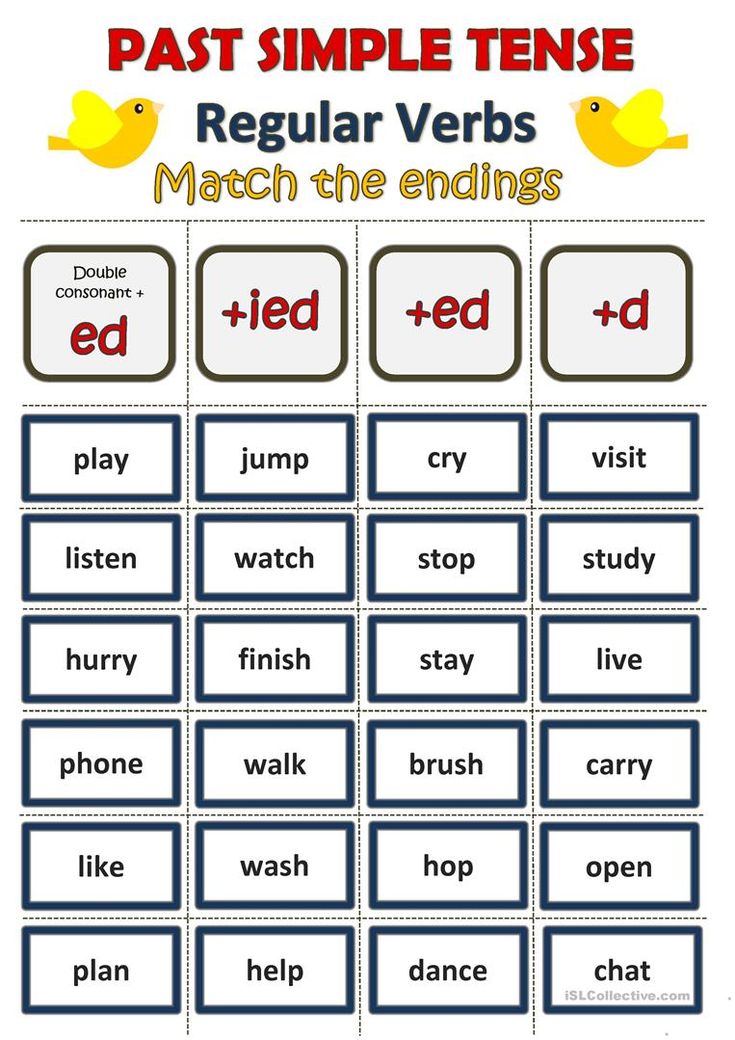 The conductor verbally passes the verb down their lines.
The conductor verbally passes the verb down their lines.
The last student in the line determines how to correctly conjugate the verb according to the noun or pronoun they’ve been told. They whisper it back up the line, and the first “conductor” who has the correct answer scores a point for their train. Rotate the first student to the back of the line and try it again.
Fishing for Verbs
Younger learners may enjoy a creative, hands-on game that encourages them to choose the correct part of speech. Fill a kiddie pool (or make a masking tape circle on the carpet) with paper fish. Each fish should have a word written on it. For beginners, put nouns on half the fish and verbs on the other half; older learners can have fish with examples of all eight parts of speech. If it’s not a verb, they have to “throw it back.”
Hot Potato
Choose an item to be your “potato” (e.g. a beach ball, a stuffed animal, a small pillow). Play some fun music and have the class either pass the “potato” around a circle or at their desks. Stop the music; the student holding the item has to name a verb. If they can’t think of one that hasn’t been said before, they’re out. For an extra challenge, have students list one verb per letter of the alphabet.
Stop the music; the student holding the item has to name a verb. If they can’t think of one that hasn’t been said before, they’re out. For an extra challenge, have students list one verb per letter of the alphabet.
Jumping for Joy
Using paper and a bold marker (big enough that all students sitting at their desks can see the words clearly), write several sentences with one word on a separate piece of paper. Mix up the papers, group them by sentence, and have each student take a word. (Each sentence is one round of the game).
Tell students to organize themselves in a sentence in a line in front of the class, holding their papers out for their classmates to see. Then say to your students, "If you are holding the verb, jump for joy (or perform the verb)." This is a great chance for your students to begin a discussion of what a verb is and how it functions in the sentence.
Making a Verb Story
Have students write verbs on scrap paper or make your own list.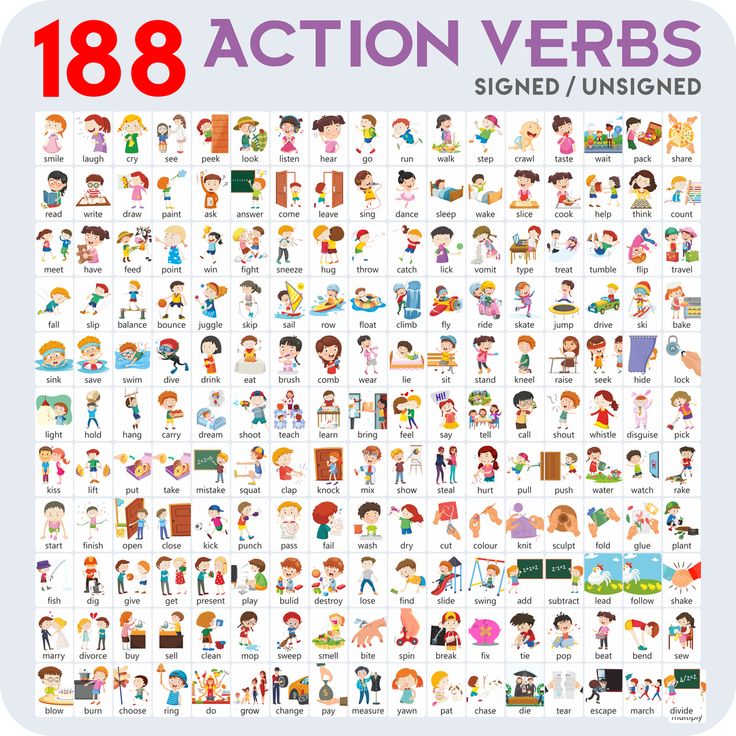 Divide the class into small groups and have each student choose one verb from a box. The group must work together to write a short story that uses every verb they’ve selected. At the end, they share their stories and the class votes for their favorite. (To make the game more challenging, increase the number of verbs that groups must use.)
Divide the class into small groups and have each student choose one verb from a box. The group must work together to write a short story that uses every verb they’ve selected. At the end, they share their stories and the class votes for their favorite. (To make the game more challenging, increase the number of verbs that groups must use.)
SWAT
You need a blackboard, chalk, and two fly swatters for this verb game. Break the room up into two teams. Make three big boxes (about 2'x2') and inside of them, write "helping," "action," and "linking," which are the three kinds of verbs.
For each turn of SWAT, have two students (one from each team) come up to the board. Have them each hold a fly swatter in hand. Then, read aloud one of your sentences. Their job is to swat at the correct box as soon as possible, identifying correctly whether the verb is a helping, action, or linking verb. The team with the most correct swats wins!
Stuck Verbs
Divide the class into groups and come up with a sentence with one or more verbs.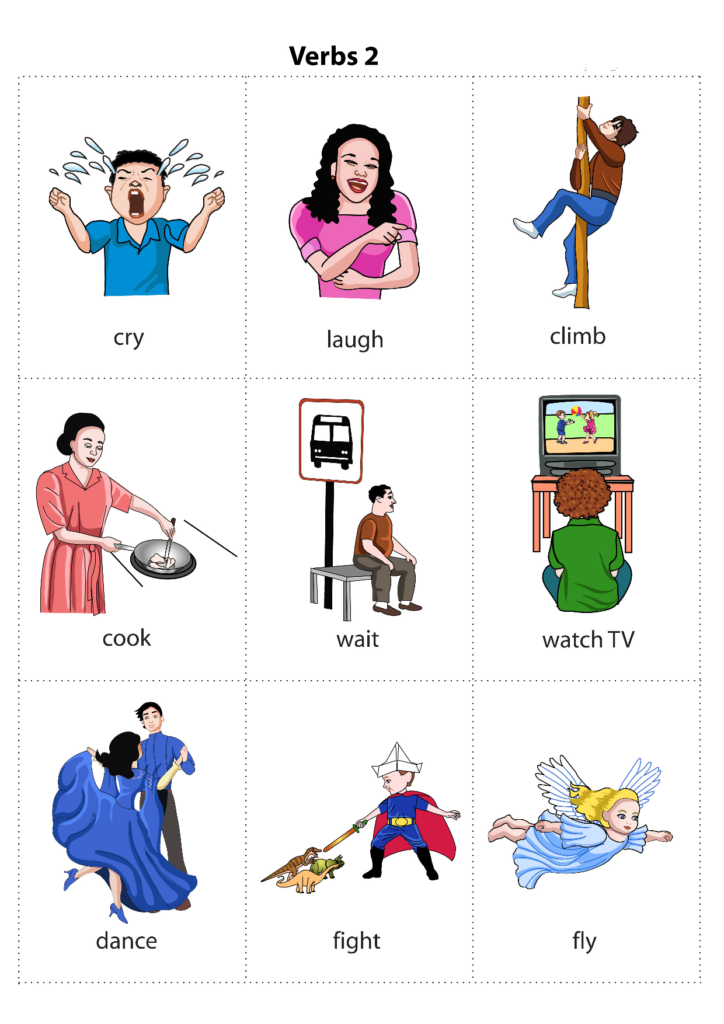 Invite one student to make up a new sentence with the same verb in the same verb tense. Give that team a point, then have the next team try to create another sentence with the same verb. Keep giving out points until either a team can’t think of a new sentence or teams get tired of the initial verb. Challenge students by choosing trickier verbs or mandating that conjugations can only be used once.
Invite one student to make up a new sentence with the same verb in the same verb tense. Give that team a point, then have the next team try to create another sentence with the same verb. Keep giving out points until either a team can’t think of a new sentence or teams get tired of the initial verb. Challenge students by choosing trickier verbs or mandating that conjugations can only be used once.
Verb Cards
On the front of an index card, write a sentence and underline a verb in that sentence. Repeat this preparation with several more sentences and cards. On the back of each card, write whether the underlined verb is a linking, helping, or action verb.
If a student gets the answer right, they keep the card; if they do not, they can put the card under the deck. The students with the most cards at the end of the game wins. These kinds of verb games are for two students to play, and they ensure that students get a lot of individual practice while learning about verbs.
Games That Help Students Learn
Take these ideas and adapt the games for the students in your classroom so that they are appropriate for their age and learning limitations.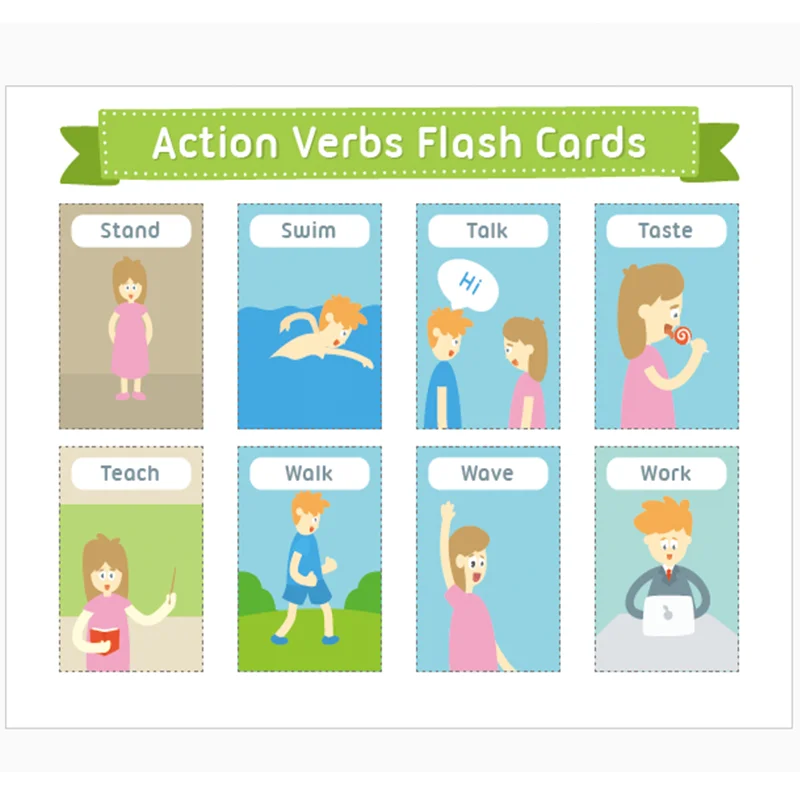 For more engaging language arts ideas, check out a list of grammar games that are great for any age. You can also bring in noun games or adjective games when your students are ready for the next step.
For more engaging language arts ideas, check out a list of grammar games that are great for any age. You can also bring in noun games or adjective games when your students are ready for the next step.
WAYS OF VERB ACTION - METHODOLOGY OF TEACHING RKI FOR ALL
?Previous Entry | Next Entry
From the "Book of Grammar" edited by A.V. Velichko
In addition to the category of aspect, there are so-called ways of verbal action, which indicate the nature of the representation of the course of action.
There are 3 groups of ways of verbal action:
1. temporal
2. quantitative
3. evaluative
Temporal ways of verbal action:
1) Infinitive - verbs with the prefix FOR-: run, scream, sing ) 200 (indication of the beginning of the action) Final - verbs with the prefix OT-: roll back, fade (indicating the termination of action)
3) Restrictive - verbs with the prefix PO- ( talk, walk, walk, read, play , etc.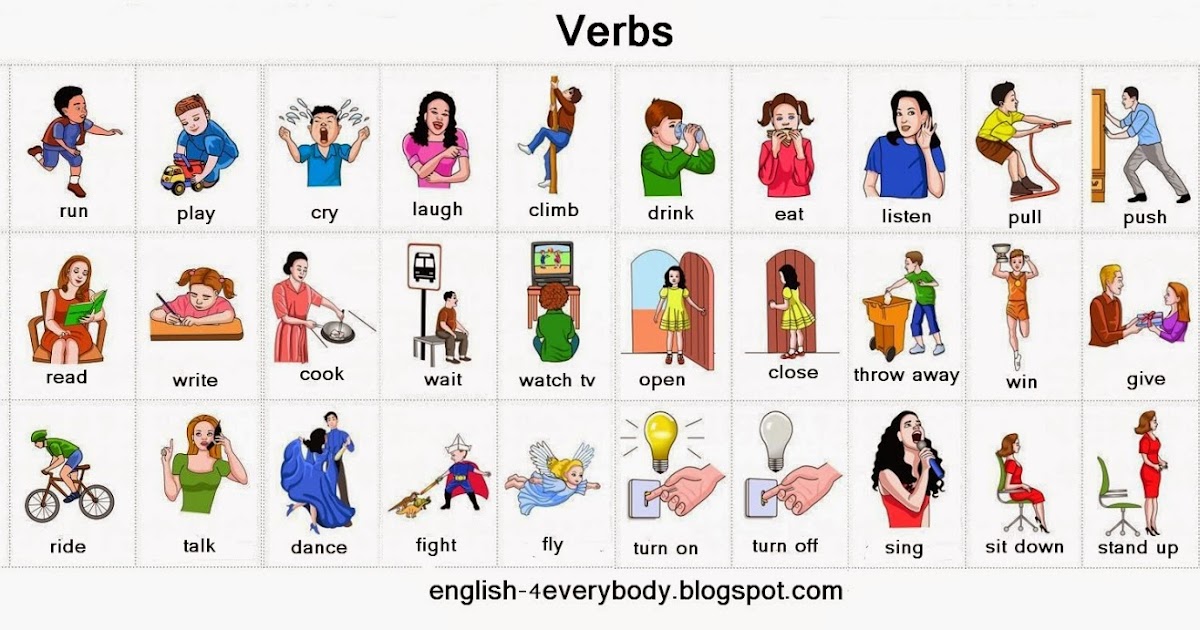 ) indicate the limitation of the action for a short period of time
) indicate the limitation of the action for a short period of time
4) Prolonged-restrictive - with the help of the prefix PRO- verbs are formed, meaning the end of the action, which lasted for some, usually a long time: travel, live, stay; to chat, to speak; lie down, sit, stand; work out; oversleep, get sick, work out . Sentences usually indicate the time of action and emphasize its duration: long, all day, whole week . However, it is possible: worked only a year, was ill only a week, waited ten minutes for (Book of Grammar).
Note that although such verbs are perfective verbs, they denote a process, an ongoing action.
Quantitative ways of verbal action:
1) One-time - verbs with the suffix -NU-: jump, sneeze, shout (denoting a one-time, usually instantaneous action)
2) Distributive - verbs with prefixes PO- and PRO-: leave (all toys), kill (all cups) - denotes an action that alternately extends to a number of objects
Evaluative ways of verbal action:
To intimidate, feel sad, spit (underwear), slightly open - indicate a small intensity and short duration of action.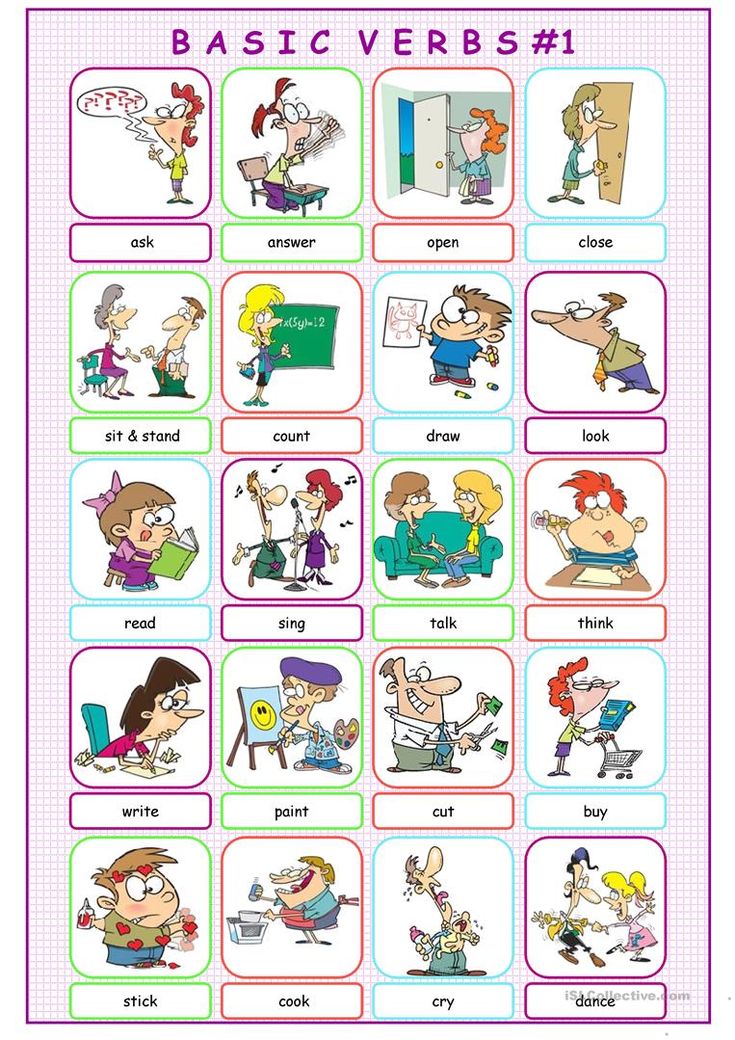
(According to the "Book of Grammar: Russian as a Foreign Language" edited by A.V. Velichko)
-
Grammar as an object of linguistic and regional studies
https://fs.znanio.ru/8f1197/ec/c3/414f0586bbc36155a04579a1e181d8ac6e.jpg Grammar can also become an object of linguistic and regional studies, ...
-
Herluf Bidstrup's cartoons at Russian as a foreign language
Colleagues reminded (thanks to Olga Ermakova) that drawings by Danish cartoonist Herluf Bidstrup can be used in Russian as a foreign language.
 From their…
From their… -
Recipes for Russian as a foreign language
Task for B1+ students. On this material, you can work out and repeat: 1) the genitive case in phrases like a spoonful of sugar, two ...
-
Repeat verbs of motion
https://thumbs.
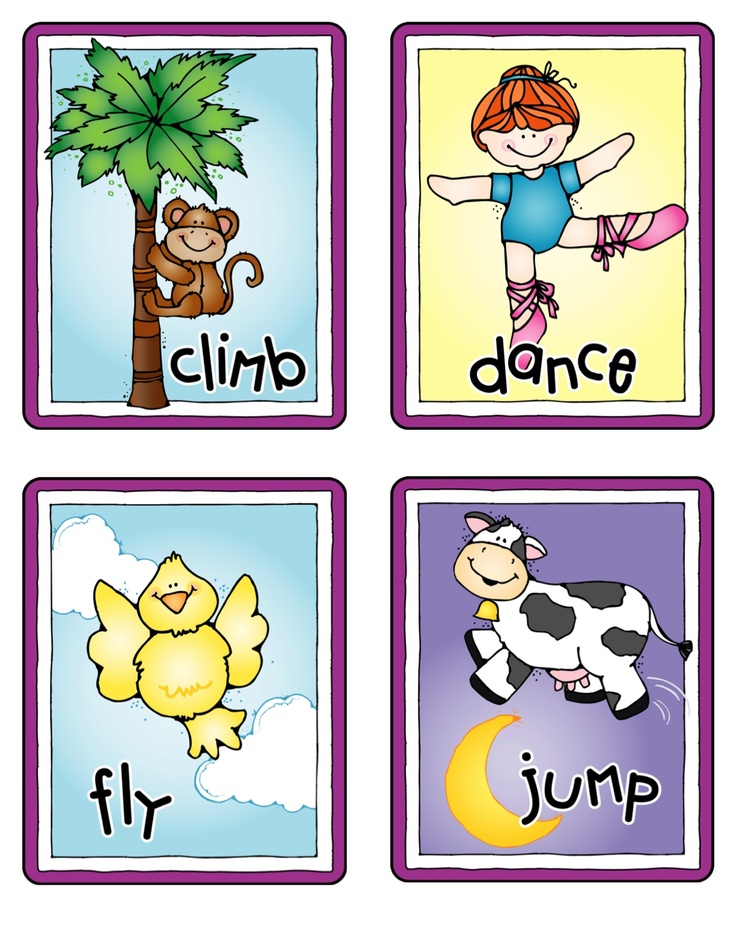 dreamstime.com/b/%D0%B3%D0%BE%D1%80%D0%B8%D0%B7%D0%BE%D0%BD%D1%82-%D0%B8 -%D1%8E-%D0%B8-%D0%BC%D0%B0-%D1%80%D0%B8-%D0%B0-…
dreamstime.com/b/%D0%B3%D0%BE%D1%80%D0%B8%D0%B7%D0%BE%D0%BD%D1%82-%D0%B8 -%D1%8E-%D0%B8-%D0%BC%D0%B0-%D1%80%D0%B8-%D0%B0-… -
From the history of Russian verbs of motion
1. Stepanov E.N. Verbs of motion in modern Slavic languages "Semantic-grammatical features and etymology of words, ...
-
Type of verb in RFL lessons (Russian as a foreign language)
https://learneasy.
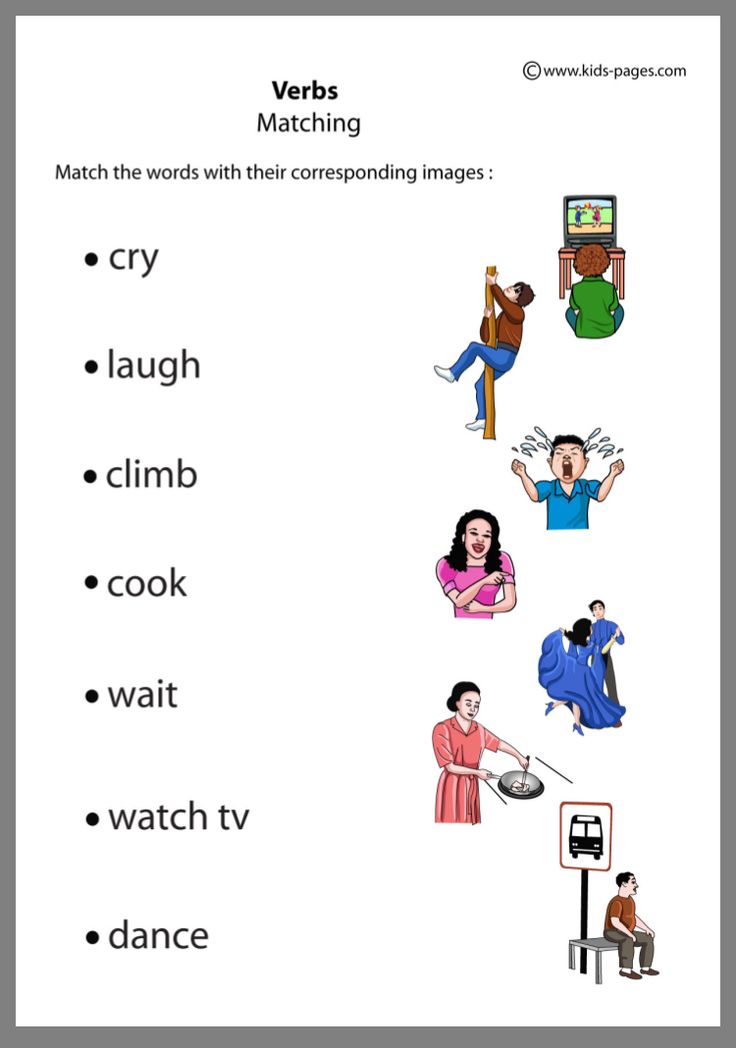 online/course/index.php?categoryid=3&lang=ru A selection of entries about the form of the verb: 1. What you need to know about the form ...
online/course/index.php?categoryid=3&lang=ru A selection of entries about the form of the verb: 1. What you need to know about the form ... -
Mobile app for learning verbs of motion Learn&Go
https://play.google.com/store/apps/details?id=io.cordova.myapp384cc6&fbclid=IwAR1zB3sE8KayydFnJSFn8sd63Sa8ATqAOYhlFK3xxSUqE0BElNJeL…
-
How is the impulse to action expressed in Russian
How is the impulse to action expressed in Russian.
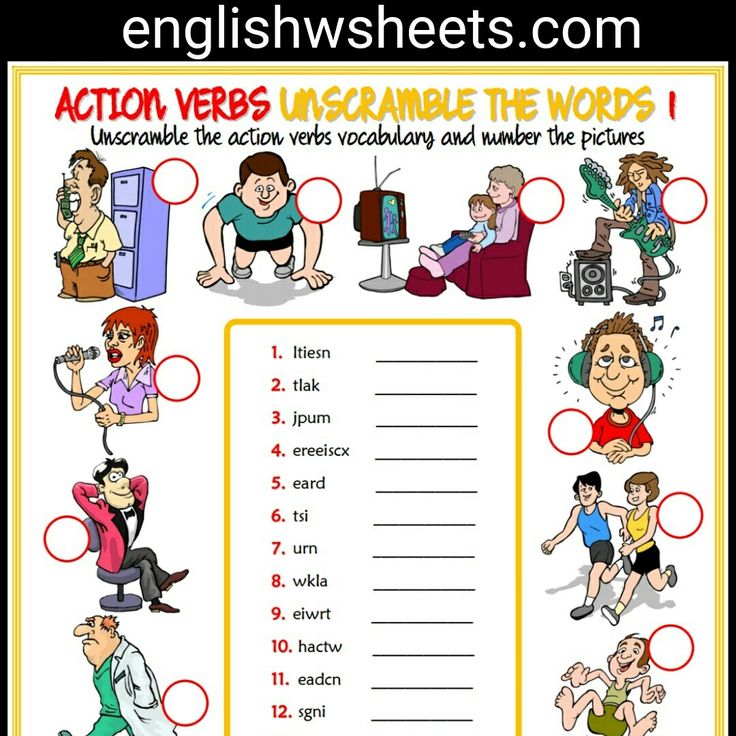 ..
.. -
Russian verbs of motion go/walk/go, go/ride/ride
Russian verbs of motion go / walk / go, go / ride / go…
- marjulia
- RFL methodology for all - Yulia Mareeva's blog
- Methods of teaching Russian as a foreign language for all
| August 2022 | ||||||
| S | M | T | W | T | F | S |
|---|---|---|---|---|---|---|
| 1 | 2 | 3 | 4 | 5 | 6 | |
| 7 | 8 | 9 | 10 | 11 | 12 | 13 |
| 14 | 15 | 16 | 17 | 18 | 19 | |
| 21 | 22 | 23 | 24 | 25 | 26 | 27 |
| 28 | 29 | 30 | 31 | |||
- taorminese : (no subject) [+0 ]
Powered by LiveJournal.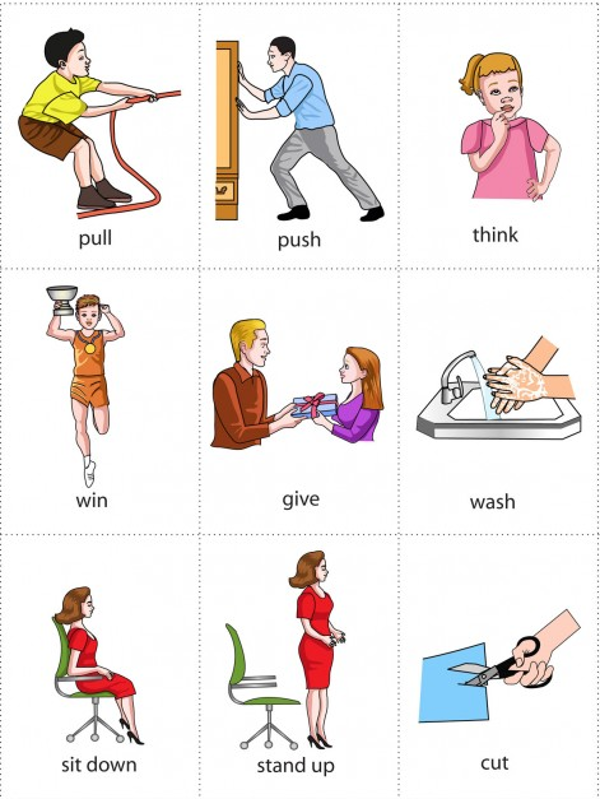 com
com
Action and state verbs in English
The verb answers the question: what to do? Thus, the verb is primarily an action. Most verbs denote or describe some kind of action, they are called action or dynamic verbs, but not all. There are also verbs that denote states or processes, but not actions per se. They are called State verbs . What are their features and differences, we will consider below.
State verbs do not describe an action, but a state. The action is dynamic, while the state is static or permanent. Therefore, their distinguishing feature from action verbs is that they are not used in continuous tenses (Continuous form). These verbs can be divided into groups according to their meaning: verbs of feelings and emotions, thought processes, verbs of perception, opinions, belongings, etc.
State verbs as action verbs
Some of the verbs in the table above can have a state value and an action value. In the meaning of the state, verbs express permanent characteristics, and in the meaning of action - temporary.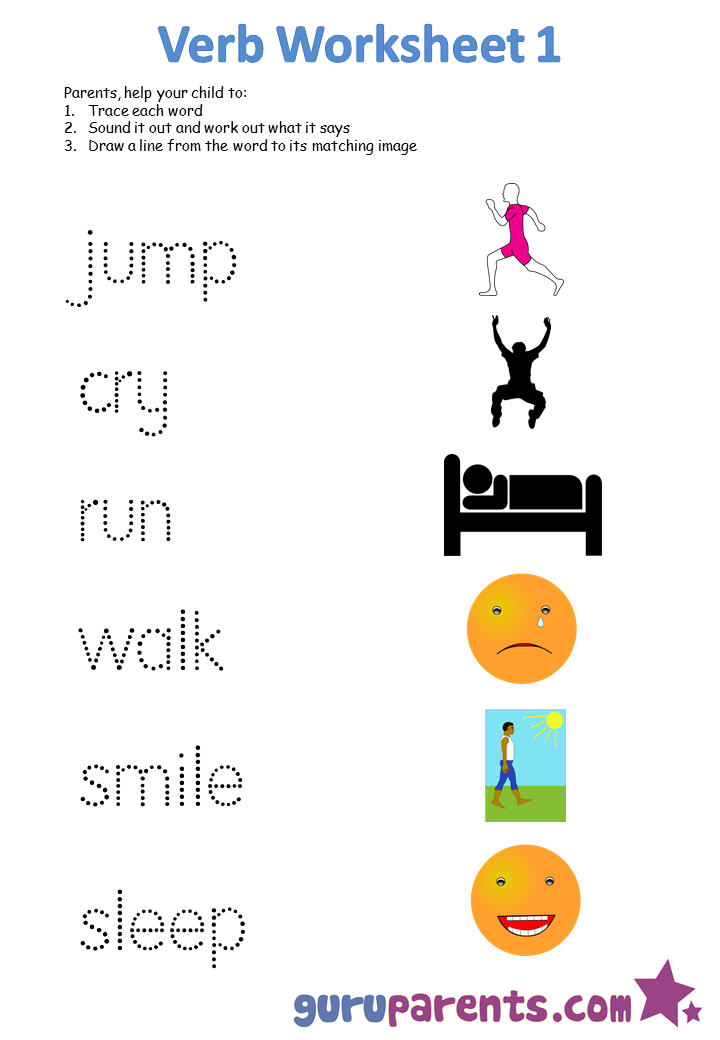 Consequently, acquiring a different meaning, they also acquire the characteristics of action verbs, i.e. used in long times (Continuous form). In the table below, action verbs are on the left and state verbs are on the right.
Consequently, acquiring a different meaning, they also acquire the characteristics of action verbs, i.e. used in long times (Continuous form). In the table below, action verbs are on the left and state verbs are on the right.
See
| meet, see each other | see, understand | ||||
|---|---|---|---|---|---|
|
|
Think
| ponder, meditate | think, count | ||||
|---|---|---|---|---|---|
|
|
Have
| experience, undergo (has a temporary, not permanent meaning, and in phrases where have loses the meaning of "to have") | have, own | ||||
|---|---|---|---|---|---|
|
|
Feel
| feel | touch, grope | ||||
|---|---|---|---|---|---|
|
|
Feel in the meaning of " feel " can be used in Simple and Continuous.
|
|
Taste
| taste | to taste, to taste | ||||
|---|---|---|---|---|---|
|
|
Smell
| sniff | smell, smell | ||||
|---|---|---|---|---|---|
|
|
Be
| behave (not constant quality) | to be, to be (permanent quality) | ||||
|---|---|---|---|---|---|
|
|
Look
| look, look | look (seem) | ||||
|---|---|---|---|---|---|
|
|
Appear
| appear | look like | ||||
|---|---|---|---|---|---|
|
|
Weight
| weigh | weigh | ||||
|---|---|---|---|---|---|
|
|
Fit
| adjust, install | fit | ||||
|---|---|---|---|---|---|
|
|
Love/Enjoy
| love (about preferences in general) | like (about a specific situation) | ||||
|---|---|---|---|---|---|
|
|
Important!
Same as Love/Enjoy other verbs related to feelings and desires in colloquial speech are often used in long tenses with a temporary meaning in a specific situation.
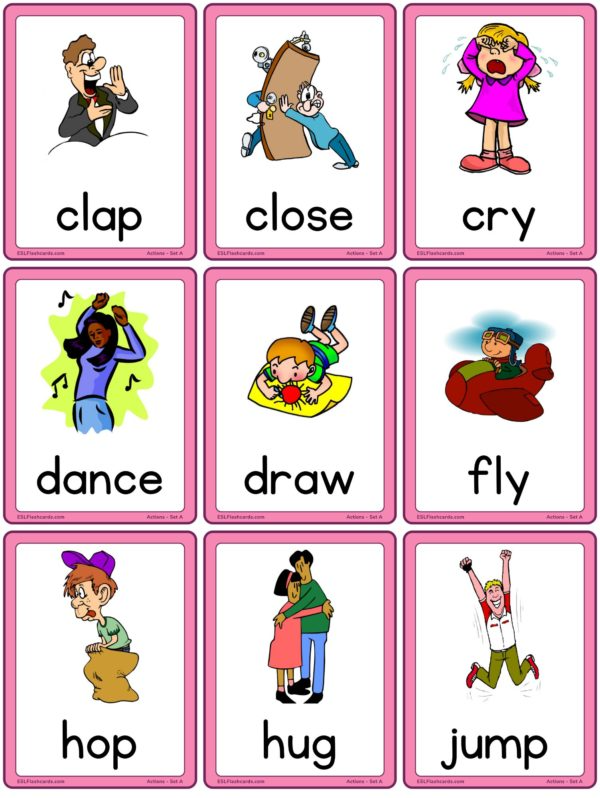

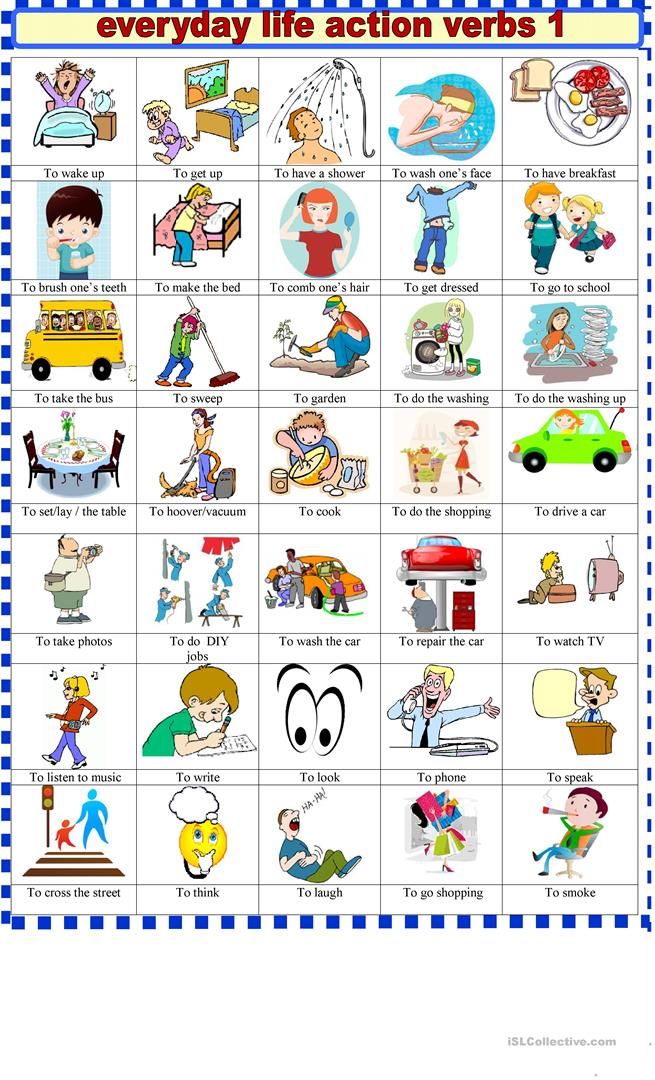

 It might need some salt.
It might need some salt. 
